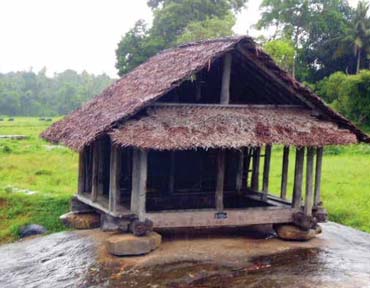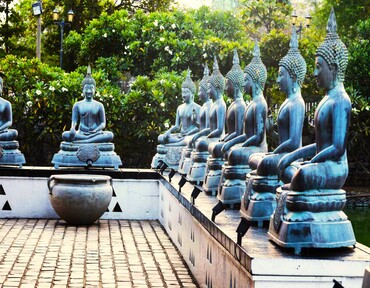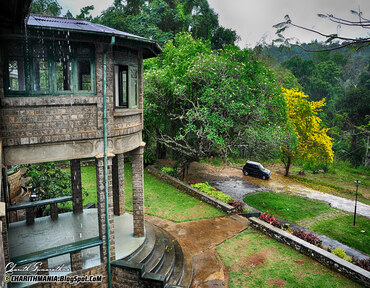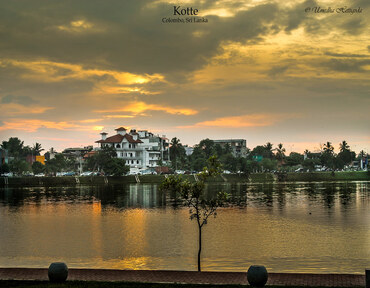


A wayside rest located beside a natural pond overlooking a scenic paddy field, legend has it that King Walagamba who was travelling towards Pilikutthuwa, stopped here to break journey. The queen who bathed at the natural pond here had lost her hair extension (hawariya) at the particular location and the place was named Hawariyawala, and later, Averiyawala. Though declared as an archaeologically protected monument, Averiyawala Ambalama still serves as a wayside rest for those traveling to Adam’s Peak by foot.

Gangaramaya is one of the oldest Buddhist temples in Colombo, started by the famous scholar monk Hikkaduwe Sri Sumangala Nayaka Thera in the late 19th Century. This Buddhist temple includes several imposing buildings and is situated not far from the placid waters of Beira Lake on a plot of land that was originally a small hermitage on a piece of marshy land. It has the main features of a Vihara (temple), the Cetiya (Pagada) the Bodhitree, the Vihara Mandiraya, the Seema malaka (assembly hall for monks) and the Relic Chamber. In addition, a museum, a library, a residential hall, a three storeyed Pirivena, educational halls and an alms hall are also on the premises

Gal Bangalawa is one of the Guest houses in Sri Lanka that was constructed in British Colonial Era. As the guest house that provide the accommodations for the superintendent of estates nearby the gal Bangalawa. Nestle amongst the tea and rubber estates, the Gal Bangalawa was operated as a hotel in once upon a time. The Gal Bangalawa is located near the boarder of the Western Province and the Sabaragamu Province facing the Mountains terrains of the Sabaragamu, and facing the Wak Oya and near the Labugama Reservation. As of currently, the Gal Bangalawa is not servicing anyone.

In a extremely urbanized city of Sri Lanka, having an eye catching water reservoir is like a blessing in disguise. Diyawanna Oya Wetland or also known as the infamous Diyawanna Lake is a urban wetland housed in just away from Colombo main city at Sri Jayawardhanapura – Kotte, the administrative capital of Sri Lanka. In an urbanized city, the water retention and flood protection is extremely important while maintaining the scenic beauty the water reservoir offers in the land. Not only it supports the large amount of water reservoir, it also became a house for many islands, in which one of them holds the Parliament of Sri Lanka. Diyawanna reservoir holds a treasured value of ancient history, specially as the defensive barrier of ancient Kotte Kingdom of Sri Lanka. Even in the ancient literature the Diyawanna Reservoir became a topic of admiration, and apart from that the significance change to the reservoir happened in 1979 and 1980 when the Parliament Complex started to construct, and declaration of the Kotte and newly building land as the administrative capital in Sri Lanka respectively. Nature is also endowed the Diyawanna Lake and the surrounding a gift in a form of wetland, with vast marshlands, wooded area, swamps, islands and also as a protection from heavy rainfall and their consequences as well as temperature regulator of the area and its enriched bio-diversity housing several Flora and fauna , fish and birds of different caliber. As it is declared a wet land, the wildlife sanctuary and the immediate area, there are many activities offered in front of boat rides, recreational activities, exercising activities, sporting, bathing and even enjoying the tracks and park of the Diyawanna Reservoir.